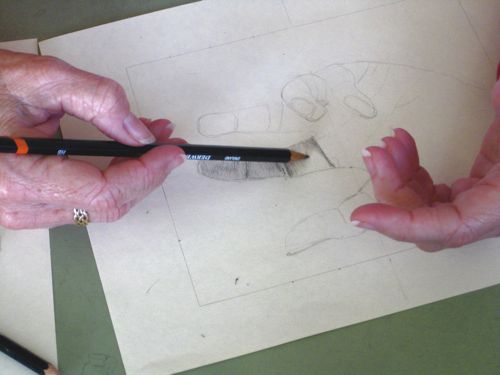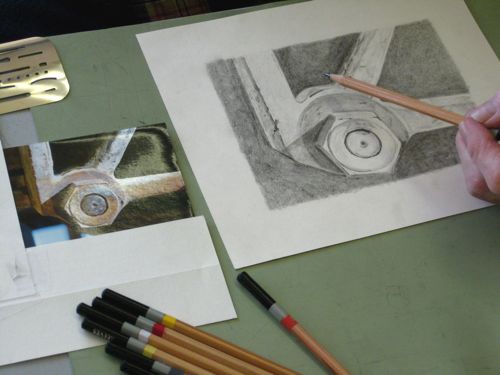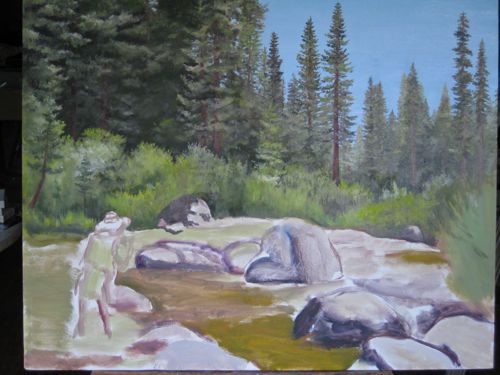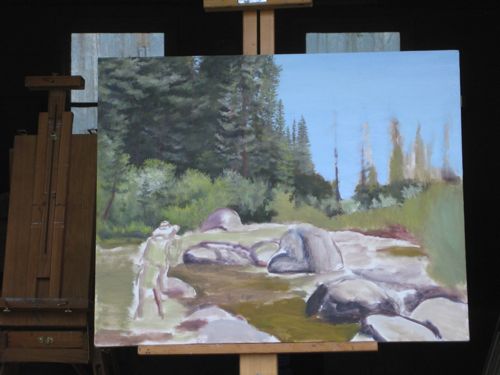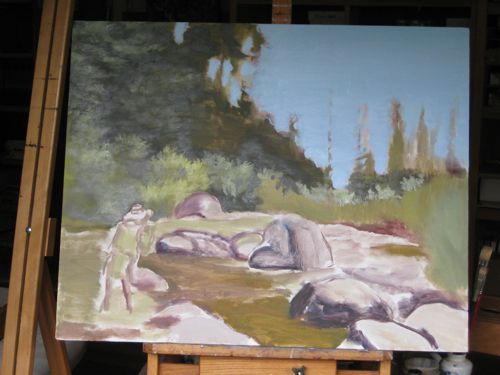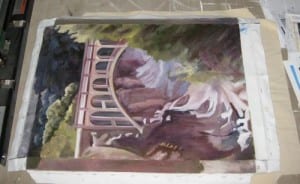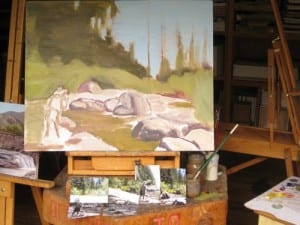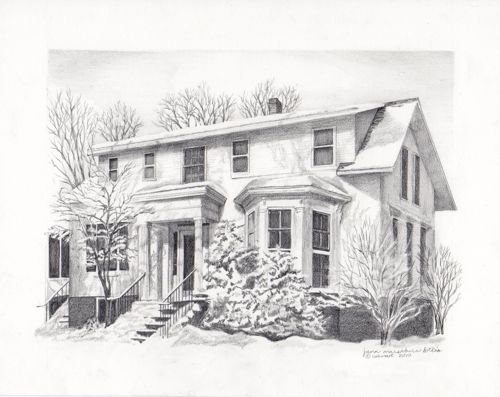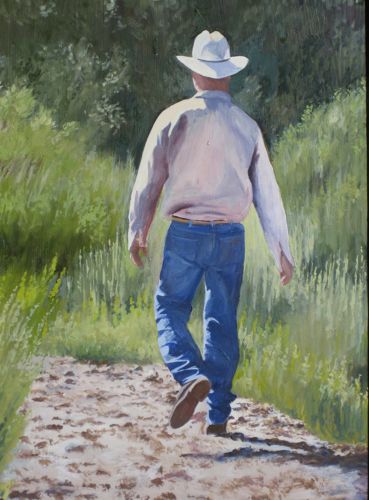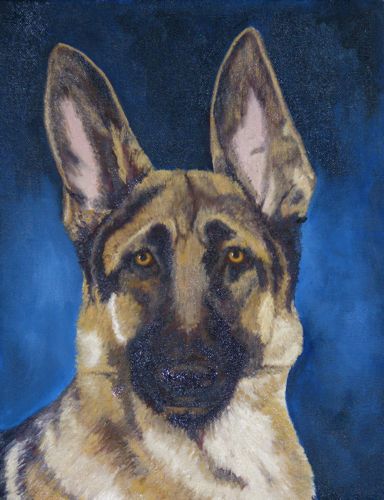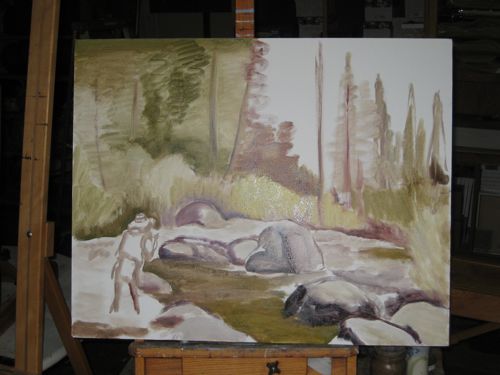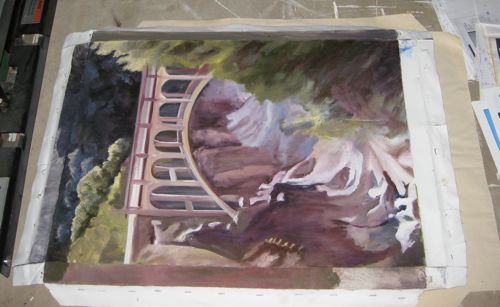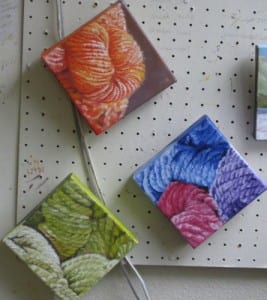#13 in the series “Thoughtful Thursdays”
Reasons to Learn to Draw
Drawing is a skill that can be both taught and learned. If you compare it to typing, this makes sense: some people top out at 25 words per minute and others can become as fast as 90 words per minute. All are indisputably typing.
Why should a person learn to draw? Back in the “olden days”, it was considered a necessary life skill and was a regular subject in school. Now that we have easy and accessible photography and even easier and accessible internet, drawing has fallen into the categories of hobby or talent. Why draw if you can take a photo?
A few years ago there was a retired gentleman in Three Rivers who had trouble filling his days. We became acquainted at various art shows, and we would discuss drawing. After several conversations, he approached me and asked, “Do you really think you could teach me how to draw?” I responded in the affirmative and asked him why he wanted to learn. His answer still cracks me up: “I don’t really care about art; I just want to meet women!”
Besides the social aspect of taking drawing lessons with a small group, drawing helps us to look carefully at the places and items in our lives. It teaches how to see what is really in front of us, not what we assume is there, or think we see. A number of my drawing students have told me that after a few weeks of lessons, they begin to observe the world around them differently. Details, light and shadow, shapes, and ideas for drawings are all suddenly visible as never before.
Some people choose to take drawing lessons out of curiosity. They’ve heard me say I can teach anyone how to draw, with the qualifier that he can listen to instructions. These folks wonder if they are the exceptions and decide to just give it a try. The only ones who haven’t learned are those who quit too soon!
Other students come to me because they are painters who are dissatisfied with their paintings. Still others want to become painters and they know that drawing comes before painting. By learning to draw in pencil, a person will learn to see shapes, proportions, perspective, and learn about values. Values are the darks and the lights, and without them, a picture gets described as being “flat”.
Several people have asked me for help because at some time in their past an art teacher crushed their spirits. If someone thinks he might have an artistic bent and his work is thoughtlessly dismissed, it can really damage his confidence. I have spent time listening to people’s stories, looking at their work, showing them new ways to do things, and watching them blossom into people who can draw.
Some of my drawing students draw better than I do! Although I thoroughly enjoy the time together, I ask them why they think they still need lessons. The answer is usually that if they haven’t reserved a spot in their week specifically for drawing, they won’t ever draw at all in spite of good intentions.
The man who just wanted to meet women did make some friends, and before he succumbed to cancer, he completed 2 beautiful pencil drawings. He just kept repeating, “I can’t believe I did this!” Rejoicing with him over his accomplishments is one of my happiest memories in all the years of teaching private drawing lessons.
